Orange Blossom Beekeepers Association
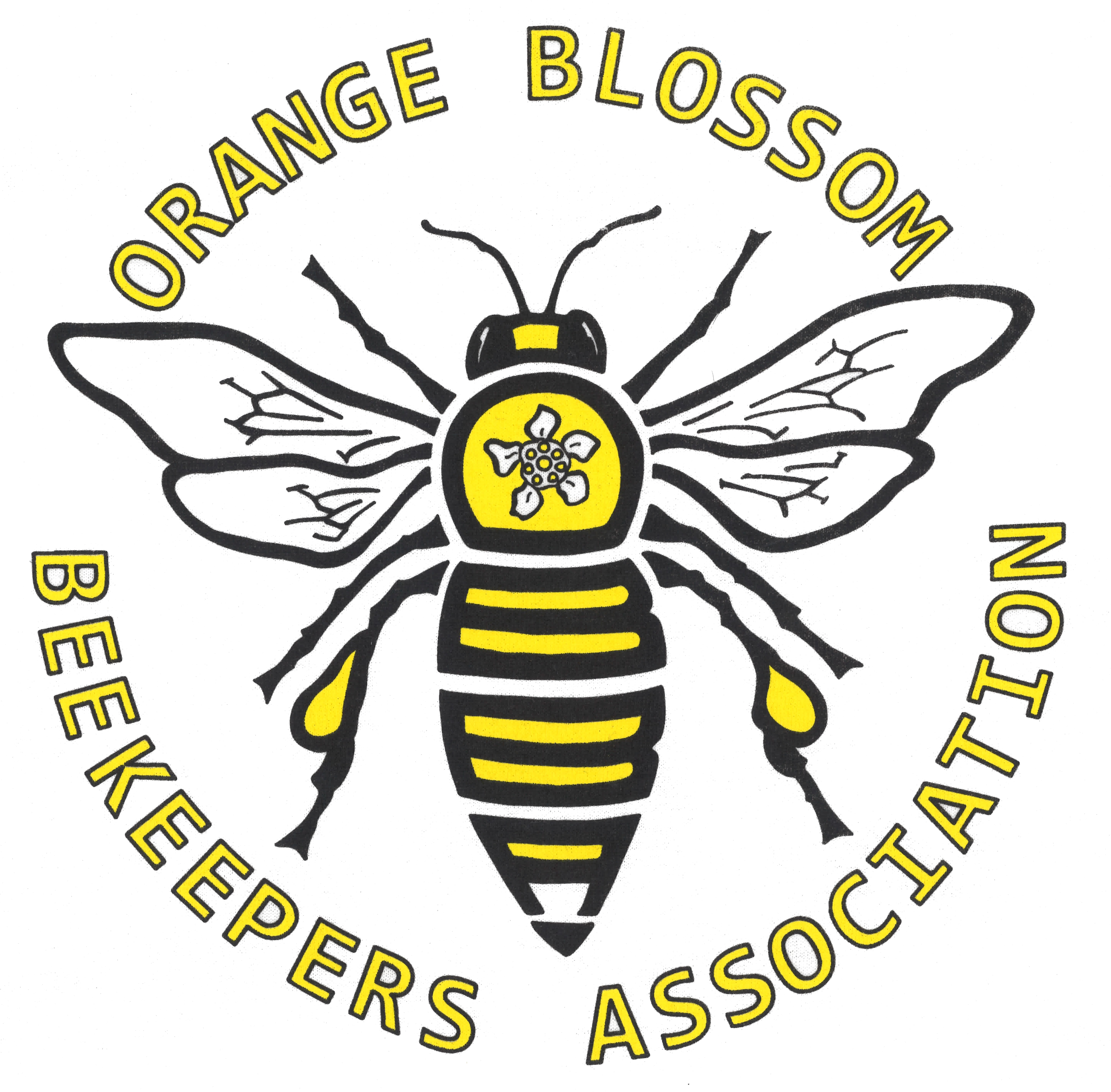
Monthly Meeting: May 20, 2021
OBBA Announcements
What's the buzz?
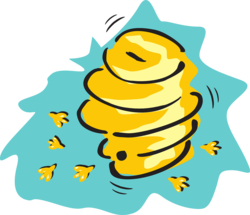
OBBA Meetings
June - We hope to meet in person!
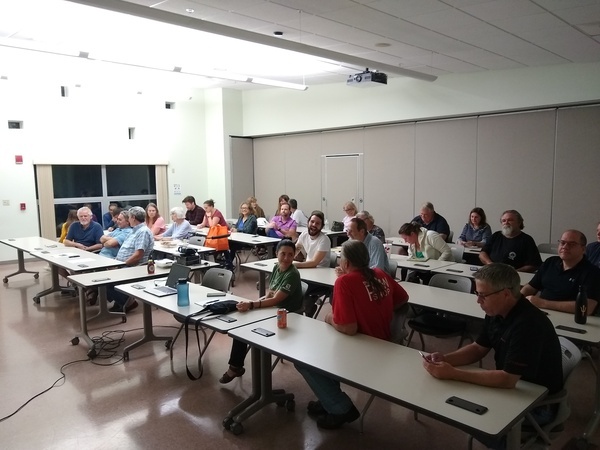
OBBA Workshop
Visit the official OBBA apiary at the UF Extension Office!
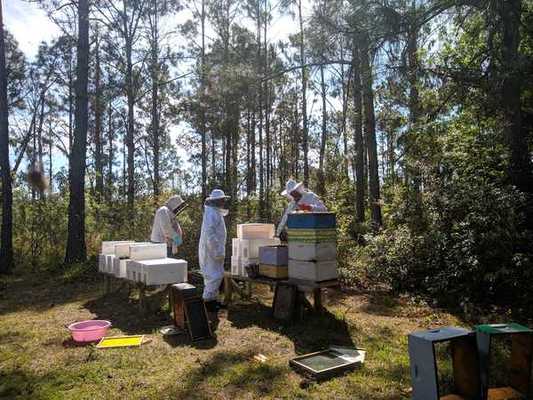
Honey For Sale
We have OBBA honey to purchase!
(Send Matt a message on Slack)
| Number (1 lbs) | Price |
|---|---|
| 1 bottle | $10 |
| 2 bottles | $18 |
| 3 bottles | $25 |
2021 National Honey Bee Day
Let's do this!
August 21, 2021
The primary goals of your National Honey Bee Day Programs should include:
- Promotion and advancement of beekeeping.
- Educate the public about honey bees and beekeeping.
- Make the public aware of environmental concerns as they affect honey bees.
May/June Bee Management
Current UF Management Recommendations (May)
- Remedy failing queens as necessary
- Swarm control
- Super as necessary
What is blooming in Central Florida (May)
- American Holly
- Butter Mint
- Dahoon Holly
- Dog Hobble
- Fetterbush
- Galberry
- Gopher Apple
- Joint Weed
- Mexican Clover
- Ogeechee (White) Tupelo
- Palms
- Palmetto
- Sandhill Prarie Clover
- Spiderwort
- Yaupon Holly
Current UF Management Recommendations (June)
- Monitor for Varroa
- Treat if >3 % with Apiguard, Apistan, Apivar, Hopguard, and Mite Away
- Remove and process honey as main flow slows or stops
What is blooming in Central Florida (June)
- Black Mangrove
- Butter Mint
- Dahoon Holly
- Dog Hobble
- Elderberry
- Gopher Apple
- Joint Weed
- Loblolly Bay
- Mexican Clover
- Palms
- Palmetto
- Red Bay
- Red Mangrove
- Sandhill Prarie Clover
- Spanish Needle
- Spiderwort
- Virginia Creeper
- Walter Viburnum
- White Mangrove
The European Honeybee
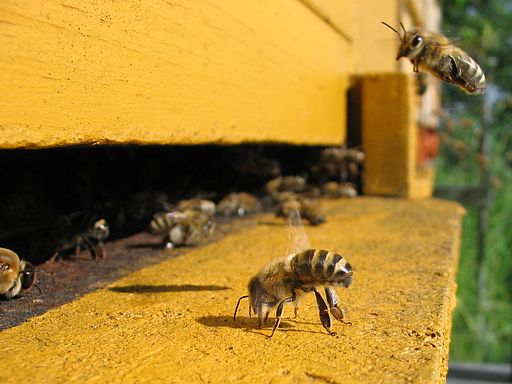
Honeybee Life Cycle
The Phases of a Bee's Life From Egg to Adulthood
- Egg
- Larvae
- Pupa
- Adult
Honeybee Castes/Classes
- Queens
- Workers
- Drones
Phase 1: Egg
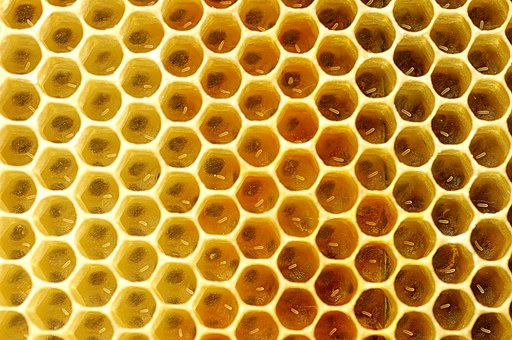
Egg laying
Queen = Hive mother (egg-laying female bees)
- Mate in flight with 7-150 drones
- Spends her life, after her mating flights, laying eggs
- Can lay 1500-2000 eggs in a day
- She decides if an egg is to be fertilized or not
- Worker (or Queen) - Fertilized
- Drone - Unfertilized
Eggs
Eggs are:
- Tiny and translucent white
- Longish and tubular (1.7 mm x 0.4 mm)
- Laid in upright position
Cell choice
Single egg in each cleaned and prepared cell
- If the cell is a standard worker-size cell (or a Queen cell) -> Fertilized egg
- If the cell is a wider, drone-size cell -> Unfertilized egg
The workers building the cells regulate the worker:drone ratio
Phase 2: Larvae
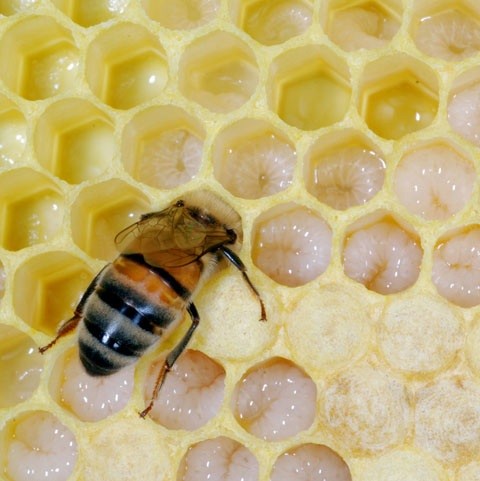
Growth
- Snowy white
- Resemble small grubs curled up in the cells
- Grow quickly - Shedding their skin 5 times
Feeding
- Workers (nurse bees) feed the Larvae
- Each Larva consume 1,300 meals a day
- Within 5 days, Larva are 1,570 times larger than their original size!
Worker or Queen?
All larvae are fed royal jelly for the first 3 days.
After those 3 days:
- Future Workers (and Drones): Diet is changed to honey/pollen mix (bee bread)
- Future Queens: Continue to receive royal jelly
Ready for the next stage
When Larva are ready, Workers seal the Larvae in the cell with a porous capping of tan beeswax
- The Larva spin a cocoon around their bodies
Phase 3: Pupa
The Metamorphosis!
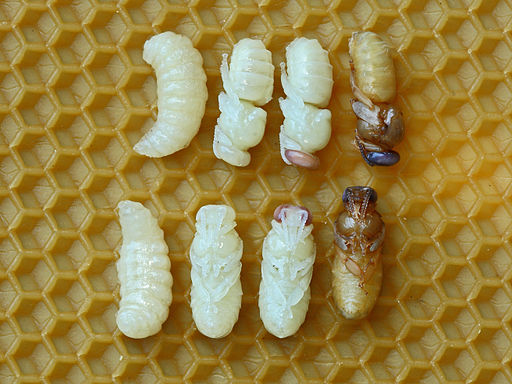
Pupal Stage
During the pupal stage:
- The bees don’t feed
- Start to look more like bees (eyes, legs, wings, etc)
- Pupal duration from shortest to longest:
- Queen < Worker < Drone
Emerging
Emerge from chamber by cutting the wax cover with their mandible

Newly emerged bees
- Wait 3-4 hours for their skin to harden before leaving hive
- They must eat to survive.
- Spend the first 2-3 weeks helping the worker bees in carrying out the routine tasks
- 3 weeks after emerging from the cocoon, they lose the glands that produce larval food and wax to become an adult bee
Phase 4: Adult

The Queen

Key for Hive Survival
The Queen is Key!
- Must lay eggs for future Workers, Drones, and Queens
- Pheromone signaling
Mating and Egg laying
- One Mating flight
- 7-150 Drones
- Can lay 1500-2000 eggs a day
- Carefully scrutinizes each egg
- Egg laying takes place in under 1 sec
Queen Pheromones
- Social glue of hive
- Gives the hive its identity and temperament
- Sends signals to workers
Aging Queen
As sperm storage depletes -> Lays fewer eggs -> Distorted egg-laying pattern
Worker bees begin nurturing next potential Queen for a new hive cycle
Queen Cells
- Swarm cells
- Placed on bottom/edge of comb
- Hive (and Queen) preparation for a swarm
- Supercedure cells
- Placed on side of comb
- Emergency if Queen loss or Replacement for aging Queen
- Never cut away unless a replacement queen is ready
Worker Bee

Worker Bee
3 tasks:
- To build hives and take care of the larvae
- To forage for food
- To defend the colony from enemies
Tasks by Worker Age
| Adult Age | Actions |
|---|---|
| 1 – 2 Days | Clean cell/Warm the brood |
| 3 – 5 Days | Feed older larvae (honey/pollen) |
| 6 – 11 Days | Feed young larvae (royal jelly) |
| 12 – 17 Days | Produce wax/Build comb/Ripen honey |
| 18 – 21 Days | Guard entrance/Hive ventilation |
| 22 + | Forage for nectar/pollen/propolis/water |
Nurse/House Bee Tasks
Days 1-17:
- Clean cells
- Keep brood warm
- Feed larvae
- Receive nectar from forager bees
- Clean hive
- Build wax comb
- Begin to take orientation flights
Guard Bee Tasks
Days 18-21:
- Keep unwanted visitors out of hive
- Fan to cool hive
- Fan to release locator pheromone (Nasonov)
- Fan to dehydrate honey
Undertaker Bee Tasks
- Remove the dead
Forager Bee Tasks
Days past 22:
- Last stage of life
- Gathers nectar and pollen
- Low survival rate
- Predators
- Insecticides
- If she survives…
- Works herself to death
Laying Worker
When Hive permanently queenless:
- Ovaries of several workers begin to develop and lay unfertilized eggs
- Normally suppressed by presence of brood, the queen, and her pheromones
- Colony is doomed
- Genetics might be passed on through drones
Drones

Drones
The sole responsibility of the drones is mating with a Queen bee - Preserving hive genetics
- Workers feed Drones
- If not needed (winter, low resources, etc)
- Pushed out of hive
- After mating, leave their sex organs on the Queen and they die a few hours later
Recap of Stage Timing
| Caste | Stage | Time in stage | Time from egg laid |
|---|---|---|---|
| Worker | Egg | 3 days | 3 |
| Drone | Egg | 3 | 3 |
| Queen | Egg | 3 | 3 |
Recap of Stage Timing
| Caste | Stage | Time in stage | Time from egg laid |
|---|---|---|---|
| Worker | Larva | 6 | 9 |
| Drone | Larva | 6.5 | 9.5 |
| Queen | Larva | 5.5 | 8.5 |
Recap of Stage Timing
| Caste | Stage | Time in stage | Time from egg laid |
|---|---|---|---|
| Worker | Pupa | 12 | 21 |
| Drone | Pupa | 14.5 | 24 |
| Queen | Pupa | 7-8 | 16 |
Life Expectancy: Queen
In extreme cases: As many as 7 years
Depends on:
- Viability of the colony
- Availability of resources
- Her output and productivity
Life Expectancy: Worker
- Born Spring to late Fall (Summer):
- Effectively work themselves to death
- Typically 6 weeks
- Born end of Fall or Early Winter:
- Charged with helping Queen survive cold months
- Up to 4-5 months
Life Expectancy: Drone
- Drones die after mating
- If they don't mate, they live 5-7 weeks
- Born late Summer:
- Evicted from hive
Stay involved, Stay connected
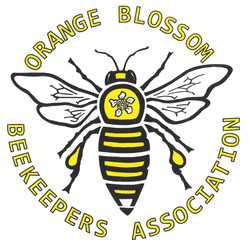
- OrangeBlossomBeekeepers.org
- Slack: OBBA.slack.com
- Facebook: Orangeblossombeekeepers
- Instagram: OrangeBlossomBeekeepers